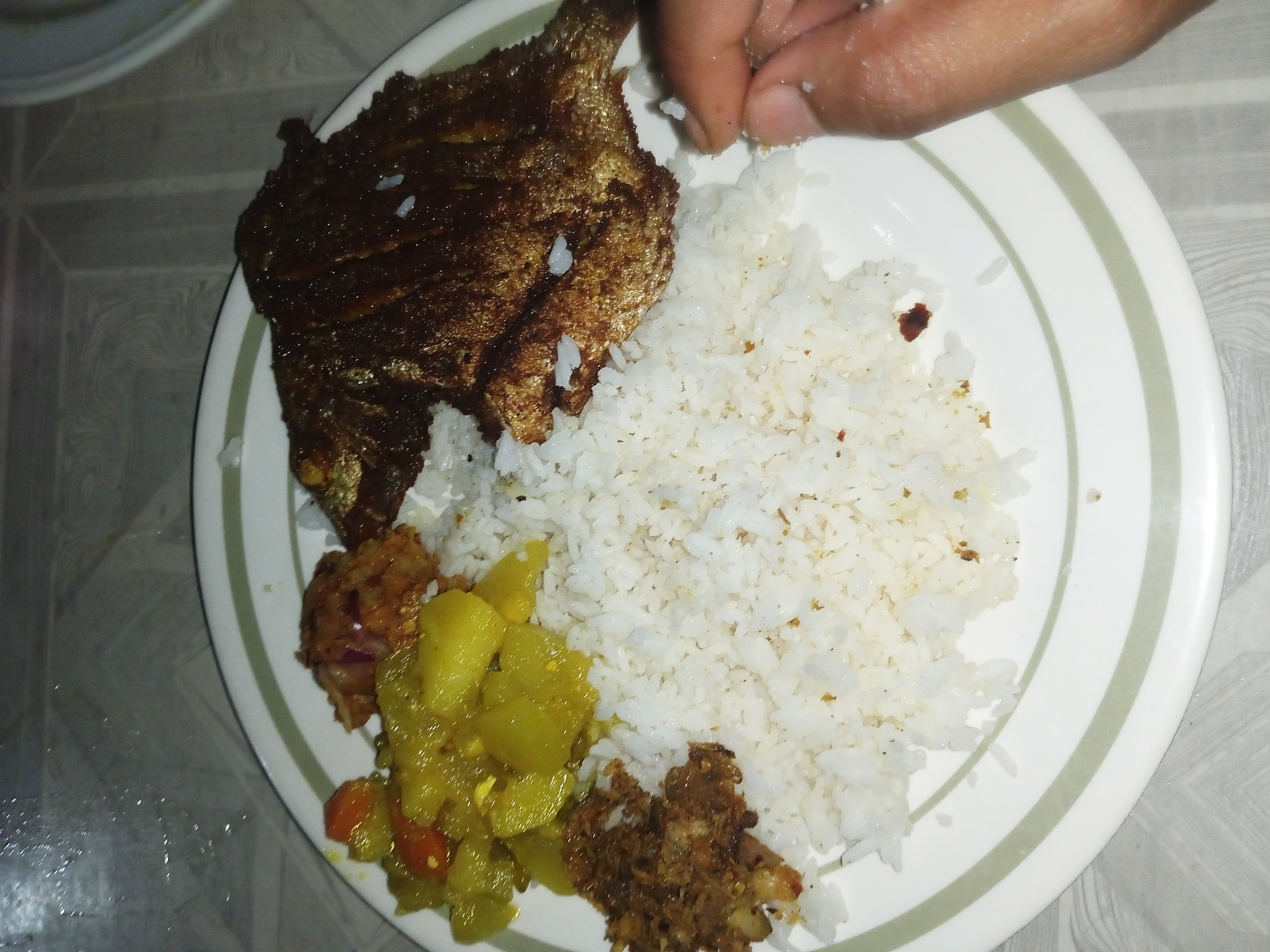
Old books, artefacts — everything that a Bengali can recognize by looking at it in bold is his habit of eating rice and fish. Among the agricultural crops, paddy was the main food grain of Bengalis in the past as well as now. Rupshali, Banshiraj, Anjana, Krishnachura, Padmashal, Rajashail, Dudhkalam, Sundarmukhi, Andharamanik কত there is no record of how many names of rice that spread in the heart of ancient Bengal. It is said that at one time there were more than one lakh varieties of paddy in the entire Indian subcontinent.
The oldest rice fossil found so far is in the Dayatanghuan Cave in northern China's Zhuangxi region, which is estimated to be about 10,000 years old. However, there is a lot of disagreement as to whether the samples of that rice are wild or modern 'posh mana'. Based on this discovery, it can be said that people knew the use of paddy 10,000 years ago. At least 7,000 years old wild paddy has been found at the bottom of a reservoir near Lahuradeva in Uttar Pradesh, India. From China to India, rice has spread throughout Asia, and has long been a staple food in this vast region.
An example of the introduction of rice as a food grain in ancient Bengal is found in ancient Pundranagara. In the 2nd-3rd century BC, a royal decree was issued from the royal granary to distribute rice to the distressed masses as a loan to alleviate the food shortages caused by the natural calamities that befell the people on the banks of the river Karatoya during the Maurya rule. It is believed that a Maurya ruler issued this edict through an inscription.
Since the existence of paddy in our land, the practice of eating rice was also normal. From the Prakritpangal, a poem written in the fifteenth century, it is known about the food of the people of this region.
Apart from Prakritpaingal, there is evidence of Bengali eating rice in ancient texts like Brihadharmapuran, Prayashchitkaran written by Bhavadev Bhatt, Naishadhacharita of Sriharsha etc. Notable among the things that were eaten with this rice was fish.
Nihar Ranjan Roy says that fish is considered to be one of the staple food due to its abundance of rains and rivers, canals and beels. Henry Lewis Morgan, in his book Primitive Society, says that the beginning of human transition is mainly centered on eating fish. He thinks that people have discovered fire by eating fish. Fish fossils found in India are 300 million years old! Another fish fossil is found in India, aged 160 million years. Mehrgarh is one of the oldest agricultural cities in West Asia, located along the Bolan Pass in Balochistan.
Bengalis have a long tradition of eating rice and fish and chemistry. This chemistry was developed in terms of topography, agronomy, culture, etc. Paddy in the fertile soil and fish in the crystal clear water or in the river — in this reality, the way of life which the Bengalis have been creating for hundreds of years, rice and fish are equally present in the various reforms and beliefs of happiness and prosperity. From the daily henshel to the feast of the festival, for the sake of children and worldly welfare, the Bengalis have gone back to rice and fish for ages. Even then, it is a mystery why Ishwari Patuni wanted to keep her children in 'milk and rice' instead of fish and rice. Although not Patuni, the secret poet Ishwar Chandra has revealed the essence of Bengali: